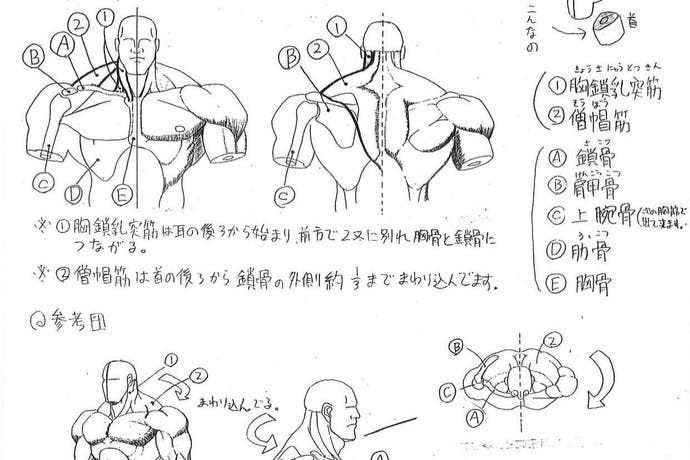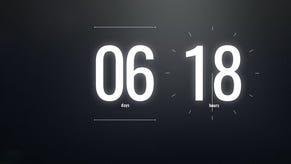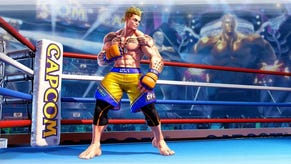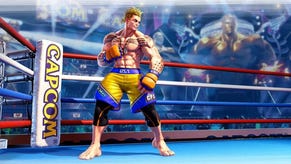The anatomy of a Street Fighter
Capcom reveals the 20-year-old guide it still uses today.
Capcom has published scans of a 20-year-old guide it still uses today when creating Street Fighter characters.

At GDC last month, Capcom's Toshiyuki Kamei delivered a talk on the art direction of Street Fighter 5. As part of it, he discussed Anatomy: A Strange Guide for Artists, a document created 20 years ago around the time Darkstalkers was being made.
This document was edited by legendary Capcom artist Akira "Akiman" Yasuda, who intended for it to help teach the company's artists the rules of exaggerated anatomical features to be followed when making cool-looking pixel art.
Now, Capcom has published scans of the guide on its website, and while the accompanying text is in Japanese, we still get a decent idea of what Anatomy: A Strange Guide for Artists is all about.
The cover shows Demitri from the Darkstalkers series, and inside we see figure drawings similar to the style of Andrew Loomis, the American illustrator, alongside notes.
"It explains shortcuts and rules about how we take musculature and a character's frame and make a sprite out of it," Kamei explained during his GDC talk.
"If you exaggerate this part of the musculature it looks cool, or if you make this part slimmer it can be more efficient in the visual language. There are a lot of different rules.
"Even though this is over 20 years old, having this information about what's important and not important is still used today."

Kamei revealed an example of how this guide was used in the creation of Street Fighter 5 characters.
"When you're looking at an arm from the front, the rule is the upper arm should be thinner than the lower arm," he explained. "But when looking at it from the side, that same arm should look narrow in the forearm and wider for the upper arm.
"By following this one rule you can convey a lot of information about how this character is extending their arm, whether they're doing a straight punch or an uppercut in a really short amount of time."

Capcom created a Street Fighter 5 prototype that used photo-realistic visuals and realistic proportions, but found it made the game harder to play, so it stuck with a more exaggerated style for the game.
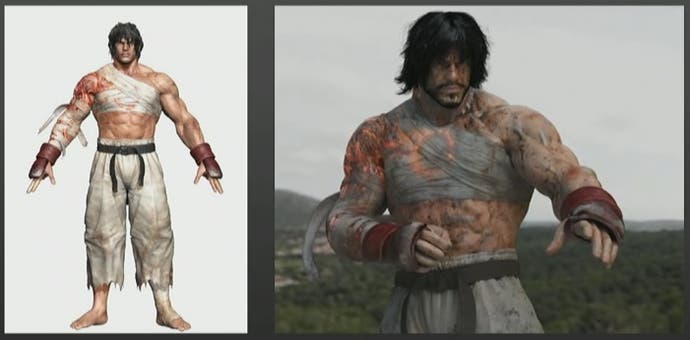
It's really cool to see scans of Anatomy: A Strange Guide for Artists, and get a peek behind the curtain of how Capcom's fighting games are made. Credit to Akiman, then, for his early days work on establishing the rules that would help in the creation of fighting games for the next 20 years.
